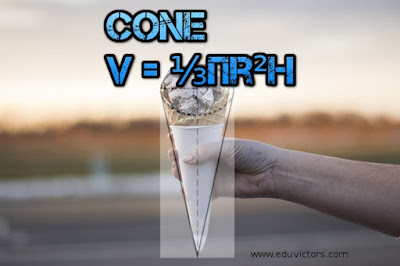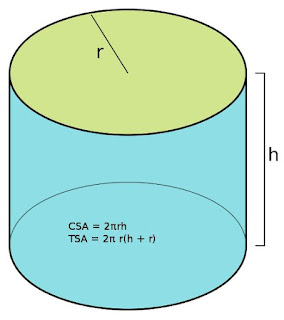CBSE Class 9 - Maths- Periodic Test Paper - (2016-17)
Topics covered are:1. Euclid Geometry
2. Co-ordinate Geometry
3. Lines and Angles
Blog provides NCERT solutions, CBSE, NTSE, Olympiad study material, model test papers, important Questions and Answers asked in CBSE examinations. References to Educational Sites and resources.















| Property | Parallelogram | Rhombus | Rectangle | Square |
|---|---|---|---|---|
| 1. Both pairs of opposite sides are parallel and equal. | ? | ? | ? | ? |
| 2. Both pairs of opposite angles are equal. | ? | ? | ? | ? |
| 3. Diagonals bisect each other. | ? | ? | ? | ? |
| 4. Diagonals are equal. | ? | ? | ? | ? |
| 5. Each angle is 90° | ? | ? | ? | ? |
| 6. Diagonals intersect at right angles. | ? | ? | ? | ? |
| 7. All sides are equal. | ? | ? | ? | ? |


Please turn off the ad blocker. This is only way that we can earn some penny. Please support us by trun off the ad blocker.
Thank you!!